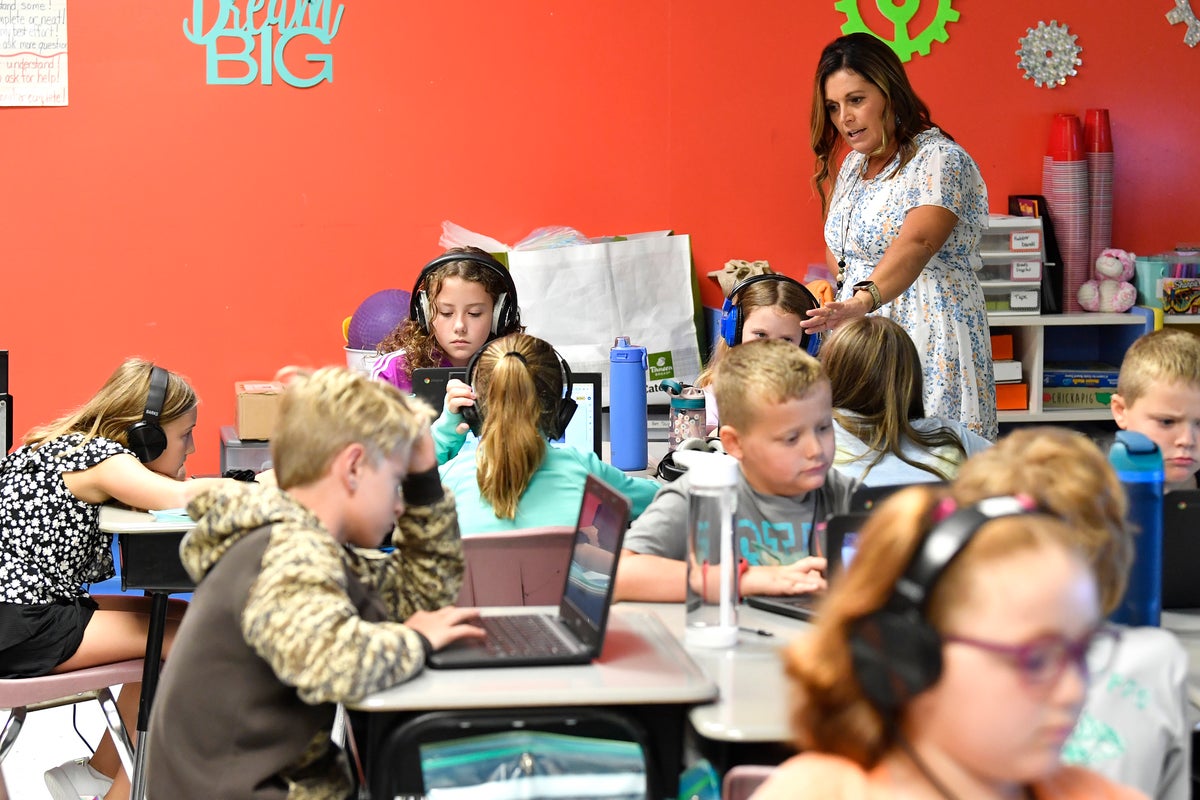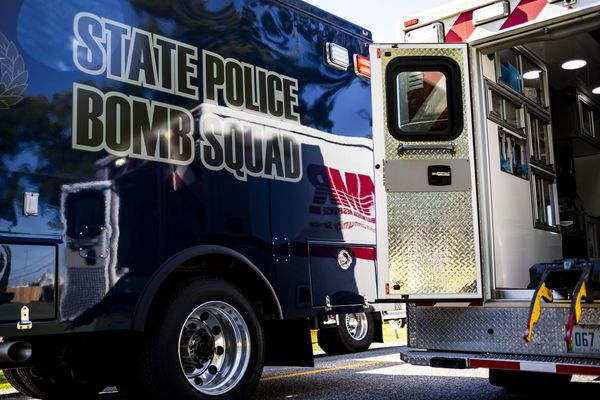
EDITORS/NEWS DIRECTORS:
As America’s students return to classrooms this fall, many will find the day begins with mindful breathing. Some will do daily mental health check-ins. More and more schools are building relaxation rooms. Some are offering students comfort dogs to cuddle, and many are trying to step up in-house therapy and counseling.
The pandemic-era crisis in youth mental health continues, and schools are trying to meet the challenge despite often being woefully understaffed.
A story published Wednesday by the AP explores how schools across the country are working to prevent another year of behavioral and mental health crisis.
Here are some tips for localizing the story.
SOME BACKGROUND
Districts across the country are using federal pandemic money to hire more mental health specialists, rolling out new coping tools and expanding curriculum that prioritizes emotional health.
The pandemic magnified the fragility of mental health among American youth, who were experiencing a rise in depression, anxiety and suicidal thoughts for years prior to the pandemic, experts say. (For context, see this from the CDC.)
If a silver lining exists, educators say, the pandemic raised awareness of the crisis and helped de-stigmatize talking about mental health, while also bringing attention to schools’ shortcomings in handling it. The Biden administration recently announced over $500 million to expand mental health services in the country’s schools, adding to federal and state funding that has poured into schools to cope with pandemic-era needs.
Despite the pressure on schools to address the crisis, some parents don’t believe schools should be involved in mental health at all. The topic of so-called social-emotional learning, or SEL, has become another political flashpoint, with conservatives saying schools use it to promote progressive ideas about race, gender and sexuality, or that a focus on well-being takes attention from academics.
QUESTIONS TO ASK
— Ask local school districts if they are facing an increase in behavioral and mental health challenges. Many districts can quantify mental health struggles via measures such as calls to a crisis hotline, interventions with suicidal students, requests to speak with a counselor, etc.
— What are districts doing to address students’ mental health struggles? Are they incorporating social-emotional learning programs? Are they trying any creative, new approaches to address student needs? Are they hiring new staff, including mental health experts, and, if so, how are they paying for that? What did they learn last year about what works, what doesn’t work and what they need more of?
— Hiring mental health professionals is difficult this year because of labor shortages, even if schools have money to pay for the staff. So if your district says they’re hiring counselors: Have they filled the positions? You can also ask: What percentage of federal funding is going into mental health needs? What will happen to the new counselors’ jobs when COVID relief money expires?
— Ask to speak with school counselors, teachers, principals and superintendents, and seek out parents and students. All will offer different perspectives about the challenges, successes and solutions.
ADDITIONAL RESOURCES
If you’re struggling to find a student who has used the district’s mental health supports, local nonprofits or groups who work with students might be able to help. High school students of all backgrounds often can tell you a story of how their friends have benefited from mental health services (or whether they’ve found them unhelpful).
We’ve also found it helpful to suggest to wary districts that you’re not trying to interview a student in crisis. They may have a student who talked with a counselor on a bad day and is doing much better now, or one who benefited from using a calming room on a day when they were frustrated.
These groups can provide additional information and studies on the pandemic’s impact on student mental health.
— The American School Counselor Association: https://www.schoolcounselor.org/
— CASEL, the Collaborative for Academic, Social and Emotional Learning: https://casel.org/







